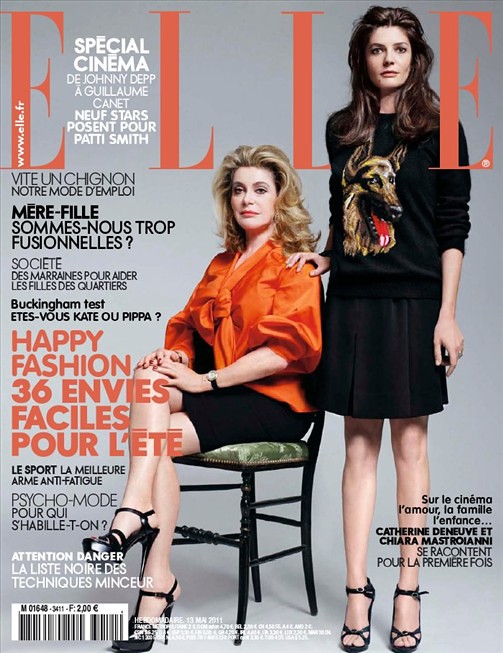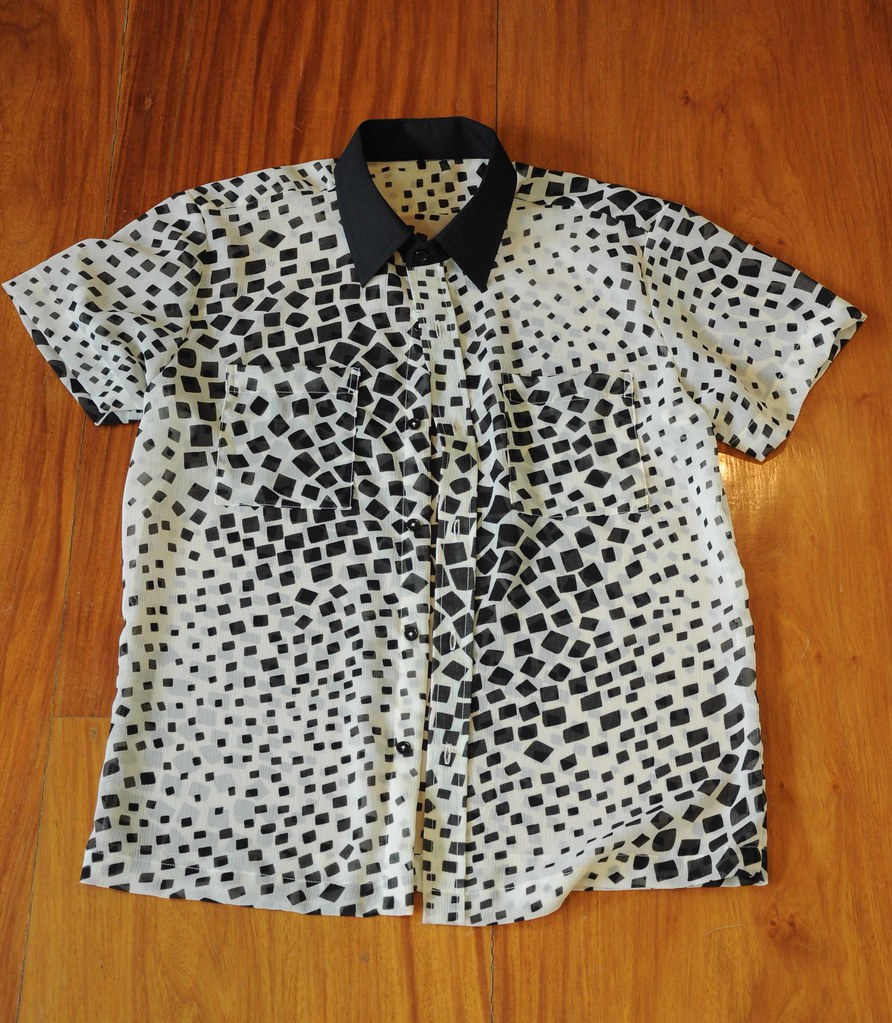People the world over are enchanted with the Japanese aesthetic. Unique, restrained, enigmatic, it is something noticeably different from the dominant western standards of beauty.

One of my favorite Sartorialist photos of all time: the western fascination with the Japanese aesthetic personified. The puffer coat by Issey Miyake echoes the silhouette of the kimono.
Indulge me in my literature geek-ness for a moment as I talk about "The Tale of Genji", debatably the world's first novel, and certainly Japan's first.
The novel follows the romantic pursuits of a handsome Japanese prince Genji, with nearly each chapter speaking of a different woman. For a novel as romance-centered as Genji, it amazes me how a woman's beauty is described not by the shapeliness of her body, or by the beauty of her face, but by the beauty of the colors of the layer upon layer of kimono she wears, and how the designs coordinate with the seasons. It is said that in the olden days, women would perfume each layer of their kimono a different scent, so that the rustling of fabrics would give off a mysterious blend of scents every time they moved.

from Style from Tokyo
Layering, a trend in fashion that just never seems to die, is an element that seems to be a mainstay of Japanese street style. Looking back at Japanese history and literature, it isn't too hard to see why. How different is layering jackets over cardigans over skirts over jeans from the layering of silk kimonos? Besides adding layers upon layers of visual interest, layering seems to conceal the body, leaving it to the imagination to visualize what the woman's body really looks like. The Japanese find eroticism in concealment and find delight in leaving some things to the imagination, rather than having them all out in the open.
Seasonality and fleetingness play a huge part in what the Japanese deem to be beautiful. The whole fuss about the cherry blossoms, or sakura, which bloom for a very short period of time once a year is a testament to their obsession with all things fleeting. Fast forward to today and you see the Japanese' penchant for anything limited edition. I mean, how many Beams or Porter x whatever collaborations have you seen on Hypebeast.com and why don't they seem to stop coming? It seems that the fact that they know something isn't going to last long compels them to want to acquire that certain object. Case in point, the line at Comme for H&M in Japan:
Zen Buddhism also has great influence on the Japanese aesthetic, most evident is the concept of wabi-sabi, which is the high regard of things imperfect, impermanent, incomplete. Wabi-sabi is very much organic and in tune with nature, finding beauty in that particular apple with a weird bump on the side, in that particular autumn day when all the leaves of a certain tree fall off. They place a premium on simplicity, modesty and understated elegance. Hard to believe if you visualize the out-of-this world wild outfits Harajuku kids don on a daily basis, but a trip to Muji would zap you back into the wabi-sabi mode. Their products are low on frivolity and artificial color, and high in quality and restrained design. As an alternate for my abused Kerouac tote, I got this sack-tote from Muji:

Though deceptively plain, there's some great design concept going on in here. The handles are soft and padded for painless carrying, and the soft material allows for the sides to collapse inwards when not too full.
Is there a Filipino aesthetic? For those from elsewhere in the world, are there certain things deemed particularly beautiful in your culture?















4 comments:
Mga native ba Filipino aesthetic? :p
Shells shells capiz banig!
I'm kind of hesitant whether there really is a Filipino aesthetic. If ever there is so, it is not clearly defined or shall I say distinct that sets it apart from the others. It is inevitably one big pastiche or bricollage.
does the bag come in different colors?
it does, actually. it comes in a lighter shade of beige in a stiffer canvas, and olive green (i think) in the same soft fabric.
Post a Comment